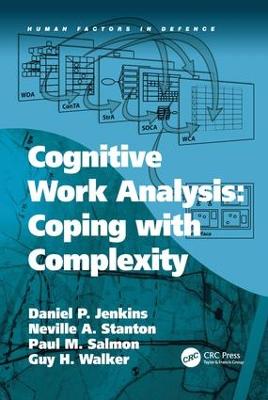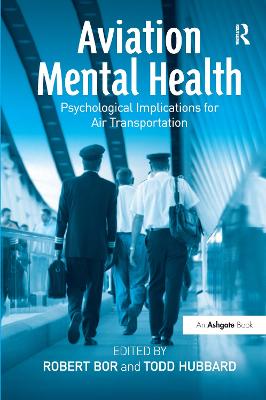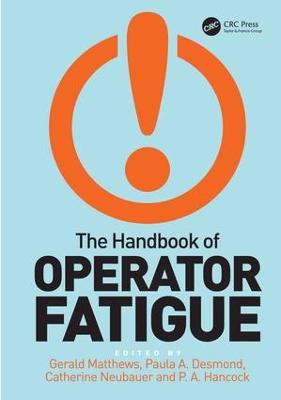People and Rail Systems
 -15%
portes grátis
-15%
portes grátis
People and Rail Systems
Human Factors at the Heart of the Railway
Norris, Beverley; Wilson, John R.; Mills, Ann
Taylor & Francis Ltd
07/2007
632
Dura
Inglês
9780754671848
15 a 20 dias
1330











